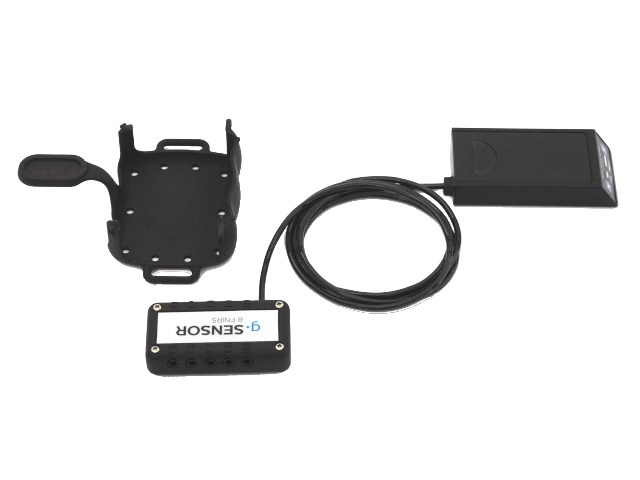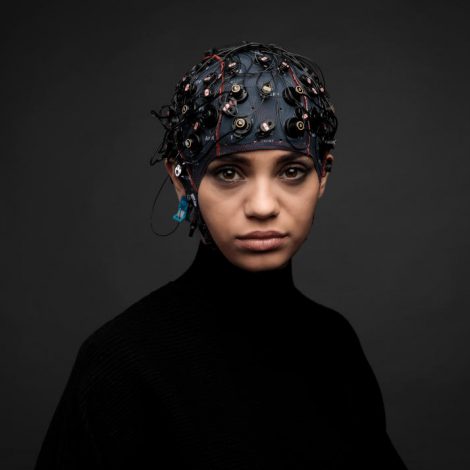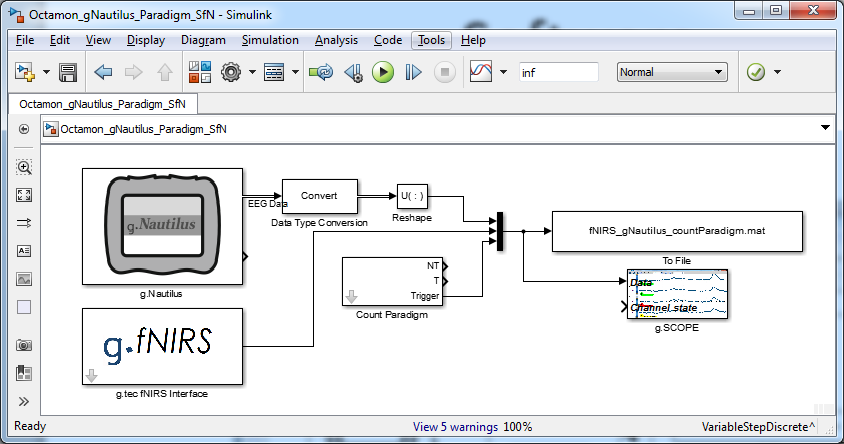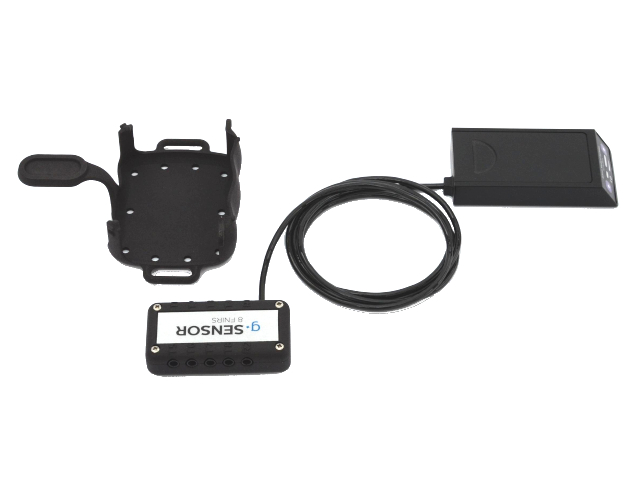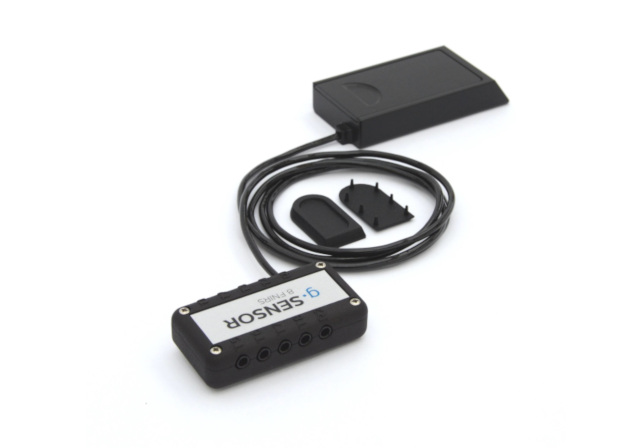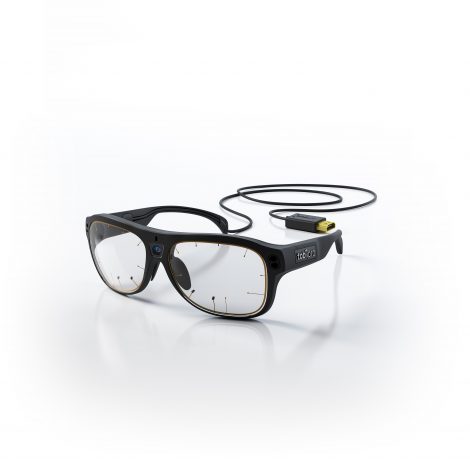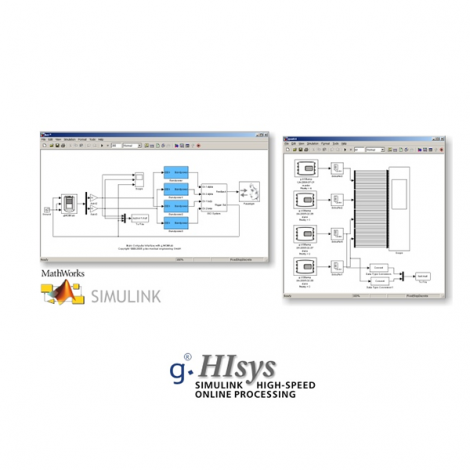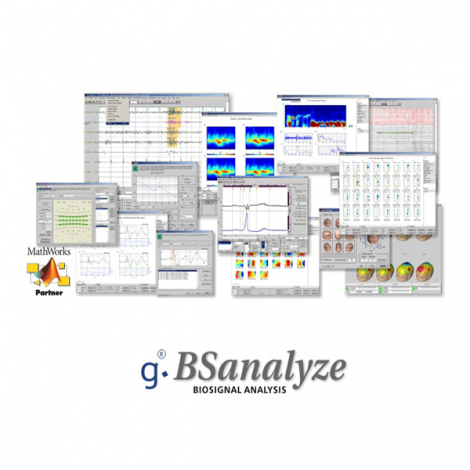COMBINED FNIRS & EEG RECORDINGS
g.SENSOR 8 fNIRS allows you to record functional near-infrared spectroscopy from 8 fNIRS channels. The device comes with a magnet holder shell to mount the unit on the g.GAMMAcap or on the g.Nautilus Wearable EEG headset. This gives your the unique chance to simultaneously record EEG with fNIRS from only one device.
The 8 optodes can be inserted into the optode holders of g.GAMMAcap fNIRS. The cap has one set of optode holders on the frontal cortex and another set of optode holders over the sensorimotor cortex. The device comes with low-power optodes for the frontal cortex and high-power optodes for the sensorimotor cortex.
fNIRS measures the oxygenation level and hemodynamics of the brain non-invasively. The oxygenation level changes as brain areas become more active. Researchers can identify brain activity in real-time based on changes in blood oxygenation and other factors.
The EEG indicates the electrical activity in the brain and provides high temporal resolution, unlike fNIRS. However, a simultaneous recording of both fNIRS and EEG signals in one single device is highly beneficial. EEG signals indicate motor imagery while fNIRS signals show long lasting changes like mental counting or pain. In other words, researchers can capture what might be missed when using only EEG or fNIRS.
g.SENSOR fNIRS can be used with g.tec’s EEG amplifiers, such as g.HIamp, g.USBamp and g.Nautilus. It comes with a magnet holder that is applicable to any g.GAMMAsys, g.Nautilus Multi-Purpose, g.Nautilus PRO and g.Nautilus RESEARCH.
PRODUCT HIGHLIGHTS
| 10 Hz sampling rate for (8 channels) fNIRS |
| 8 fNIRS transmitters and 2 receivers |
| High-power optodes for recordings on the sensorimotor cortex |
| Low-power optodes for recordings on the frontal cortex |
| 1.5 hours (high-power LED) – 8 hours (low-power LED) fNIRS recordings |
| Wireless digital transmission, range: 10 meters indoor |
| A new benchmark in usability |
| Fully integrated in g.HIsys software environment |
| Can be attached to g.GAMMAsys and g.Nautilus |
| Can be used with g.GAMMAsys electrodes and g.HIamp, g.USBamp amplifiers |
TECHNICAL SPECIFICATIONS
| Color | Black |
| fNIRS Supply | Exchangeable lithium ion battery |
| Sampling frequency | 10 Hz |
| Number of transmitters | 8 |
| Number of receivers | 2 |
g.GAMMACAP fNIRS
g.GAMMAcap fNIRS is perfectly designed to mount g.SENSOR fNIRS together with g.SCARABEO electrodes or g.SAHARA hybrid electrodes.
g.SENSOR fNIRS can be attached with a magnet holder to the cap and the optodes can be inserted into pre-defined positions over the sensorimotor-cortex and/or frontal cortex.
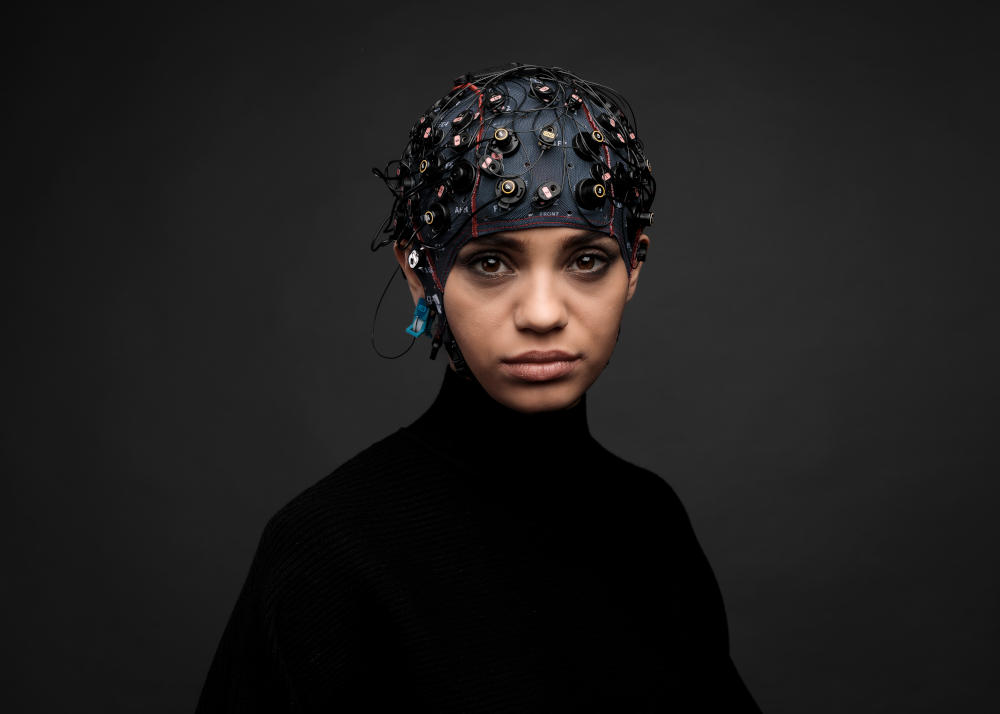
g.GAMMACAP FNIRS FOR ADULTS
| Small | Head circumference 50 – 54 cm |
| Medium | Head circumference 54 – 58 cm (fits 95% of adult subjects) |
| Large | Head circumference 58 – 62 cm |
